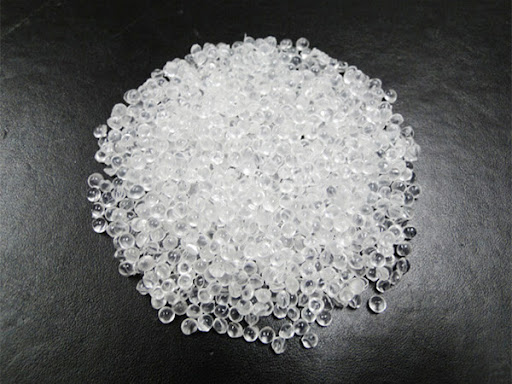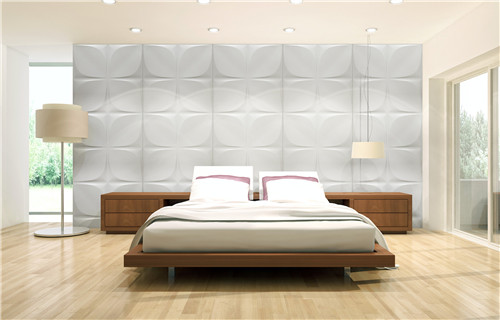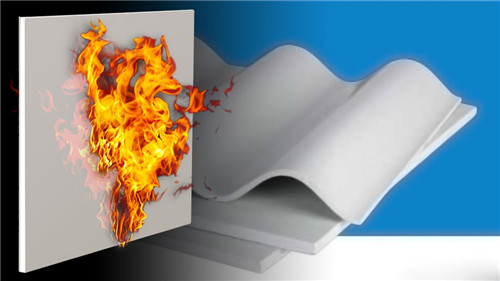PVC panels are adored due to their affordability, versatility, and low maintenance requirements as well as a constituent material in modern construction and interior finishes. Paradoxically, the extolment of this material has led to skepticism toward its safety. This paper intends to unveil in-depth research into PVC panels, covering their composition, potential health implications, fire resistance, environmental impact, recycling activities, regulatory standards, and certifications. In the discussions below, we attempt to raise a balanced view and dismiss unnecessary fears regarding the use of PVC panels in various applications.
Elements of PVC Panels
PVC Res: The energy, tensile strength, and hardness of the panels are guaranteed by the PVC resin’s underpinning. All these result from polymerization with vinyl chloride monomers. The molecule strength of PVC resin and joining together with it creates a tough matrix giving structural integrity to the panels. This simple strength of the PVC panels makes them very fitting in many applications where durability and impact resistance are needed. One of the most important additives is stabilizers, which enhance the resistance of the material against heat, UV radiation, and other environmental stresses. They function in protecting the panels against degradation and at the same time in maintaining their physical features. Its metal salts, organotin compounds, and mixed-metal stabilizers have been, amongst others, the most regularly used throughout these years. They have efficiently provided an ultra-stabilized PVC matrix for a lifetime of good performance under any type of climate and exposure.
Plasticizers: Plasticizers are the third component required in the production of PVC panels. They enhance the flexibility of the PVC panels and are added to the rigid PVC resin as an additive. The plasticizer softens the resin so that it can be used to take any shape and hence will make the production process easier. In that respect, it allows the PVC panels to adapt to curved surfaces or complex architectural designs. Phthalates, adipates, and citrates are the most widely applied plasticizers for PVC panels, where the selection depends on compatibility with the PVC material and also with the desired end-use.

Pigments: Pigments, on the other hand, make a huge contribution to the aesthetic beauty and the design flexibility of PVC panels, as they are colored with a wide range from the brightest to soft hues, suiting the architectural and interior design needs. Inorganic pigments and organic pigments are uniformly dispersed in the PVC matrix during manufacturing through the use of methods to ensure color uniformity and resistance to fading with time. The selection of pigment depends on the degree of color strength, lightfastness, and compatibility with environmental surroundings, which may be either organic or inorganic pigments.
Fillers: Fillers are introduced in PVC panels for the enhancement of their mechanical properties, the reduction in cost, and the improvement of their general performance. These are inert materials that have given space in the PVC resin matrix. Fillers enhance the three properties of the panels, viz. dimensional stability, stiffness, and impact resistance, as well as bringing down the quantity of expensive PVC resin in the process. Some of the barrier treatments and fillers filling the world include the application of calcium carbonate, talc, mica, and glass fiber—depending on their compatibility with the PVC and A performance requirements.
Applications and Benefits
PVC panels are designed with all its various components contributing synergism, which helps ensure that the product achieves an overall performance on a wide range of applications:
Construction and Building: PVC panels are very popular for use in wall claddings, ceiling coverings, and flooring in residential, commercial, and industrial constructions. This is due to the reason that the constructions are durable, can be aesthetically varied, and easy to maintain using PVC panels. With the flexibility and range of colors from plasticizers and pigments, several creative solutions in interior designs have been realized to let architects and designers achieve unique visions in visual effects and architectural statements.
Understanding the complex constructional anatomy and the role played by each component in PVC panels gives stakeholders the ability to make numerous informed decisions on the implementation of these in projects related to construction and design. Continuous ongoing research and innovation further advance PVC panel technology that offers better performance, sustainability, and safety in the built environment.

Discussion of Health and Safety Issues
Chemical Emissions and Indoor Air Quality
The main issues linked with PVC panels are that they can contaminate indoor settings through the release of volatile organic compounds, VOCs, and other chemicals. Some of the main concerns are related to chemicals that can evaporate and turn into gases, like VOCs.
Phthalates and Additives
Historically, phthalates used in the plasticizer of PVC have caused potential health concerns due to their endocrine-disrupting ability and effects on human health. Advances in manufacturing have resulted in safer alternatives and regulatory restrictions to minimize the harmful phthalates that have been used for years.
Formaldehyde Content
Formaldehyde is another type of VOC found in some construction materials, including some types of PVC, that cause respiratory issues and are known to be carcinogenic. Emissions of formaldehyde from PVC panels are strictly kept under control by more responsible manufacturers in rigid adherence to clear standards for indoor air quality, so there is a minimal drawback to the general indoor air quality.
Fire Safety and Toxicity
Fire Resistance
These characteristic flame-resistant properties are inherited in PVC panels since chlorinated material gives rise to these properties. As such, PVC is less prone to ignite and even extinguishes by itself if no source of heat is present. While PVC panels are recorded as fire-resisting materials, they do emit smoke and, consequently, toxic gases when exposed to high temperatures or flames. The most harmful is that which has hydrogen chloride gas, an extremely irritating gas to the respiratory system and poses a health risk. They require proper ventilation and fire safety measures for their control.

Environmental Impact
Challenges in Production and Disposal
The production process that makes use of chlorine on PVC can produce dioxin, vinyl chloride monomer (VCM), and other hazardous by-products if not well handled. Disposing of PVC panels can present an environmental challenge also, especially through incineration, whereby PVC may easily release harmful substances into the air. With increasing efforts in the recycling of PVC waste, manufacturing has been increasingly done sustainably, with far less environmental impact resulting from the use of PVC panels. The post-consumer material is recovered through the new recycling process and reintroduced through a virgin-like material in the making of the new panel; the closed-loop recycling process reduces the material dependency on virgin quality and minimizes waste material disposal.
Regulatory Standards and Certifications
To ensure the safety and environmental responsibility of PVC panels, various regulatory standards and certifications have been established.
Brandishing Certifications for Indoor Air Quality
Certifications such as Greenguard and FloorScore are a testament that the VOC and formaldehyde levels released by PVC panels are below stringent certification specifications and do not exceed harmful levels to safeguard the indoor environment of end-users.
Meeting Fire Safety Standards
Standards by agencies like the National Fire Protection Association and Underwriters Laboratories govern the fire safety properties of materials and assess the toxicity of materials in buildings. These institutions cross-verify if PVC panels pass building codes for utilization in homes, workplaces, and industrial environments.
Conclusion
In conclusion, PVC panels can be considered safe as well as very practical for various applications if they are sourced from manufacturers with very high standards and certifications. Although concerns related to emissions, fire safety, and environmental sustainability are critical and relevant, rapid improvements in manufacturing technology and regulatory oversight have dramatically mitigated these risks.
It is also advised that consumers as well as professionals should select PVC panels mostly by making choices based on knowledge involving certification compliance, sustainability efforts, and the product’s life cycle. Through sustainable practices and responsible production of PVC panels, we can avail all the benefits of these durable, highly versatile, and aesthetically pleasing PVC panels with the alleviation of any ill effects on health and the environment.
Long-term safety and sustainability of the PVC panels would rely on proactiveness, cooperation by all the industry players, and the right decision-making to cater to human well-being in construction and environmental stewardship. Continuous innovation and adherence to best practices could place PVC panels in a favorable position as a solution in modern construction and design to contribute toward a safer, healthier, and more sustainable built environment.
Know more at:
Are PVC Panels Resistant to Fire?
Are PVC Panels Waterproof?
Do PVC Wall Panel over Tile Works?
Post time: Aug-13-2024
